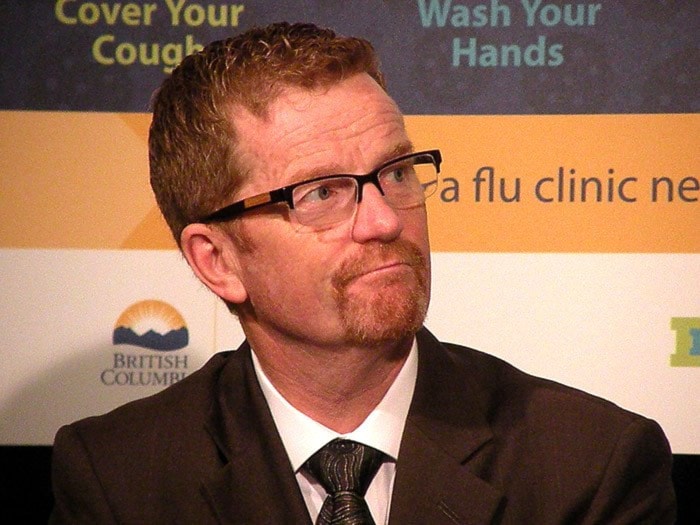B.C. has kept annual growth of its health care budget below three per cent in recent years, but it won't last forever, Health Minister Terry Lake says.
At meetings with provincial and territorial ministers in Toronto this week, Lake said the expectation of care by aging baby boomers, along with a pressing need to expand mental health and addiction services, mean health care bills will continue to grow toward half of provincial budgets.
"There's no doubt that the federal government has indicated a willingness to create a long-term agreement with provinces and territories on health care funding," Lake said at a closing news conference. "We look forward to seeing what that will look like."
It's the first health ministers' meeting since federal Health Minister Jane Philpott surprised provinces by carrying on with the previous Conservative government's limits on health spending growth. The Justin Trudeau government is discontinuing the six per cent annual increases in transfer payments put in place by the Paul Martin Liberal government, and has budgeted for a three per cent increase next year.
Trudeau and Philpott have promised to direct an additional $3 billion to home care, including palliative care.
Dr. Granger Avery, the former Port McNeill family doctor who took over this year as president of the Canadian Medical Association, said the first priority is to "act on health care renewal now." The CMA has long argued that Canada's monopoly health care system retains a post-war acute care hospital model in a country dominated by chronic care patients.
B.C. points to its rising share of retirees as a factor Ottawa should consider in its funding formula. Nova Scotia health minister Leo Glavine said t's the Atlantic provinces that have the highest proportion of seniors.
